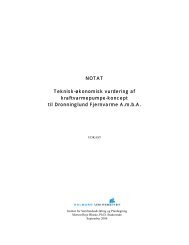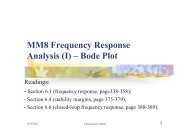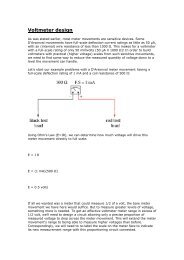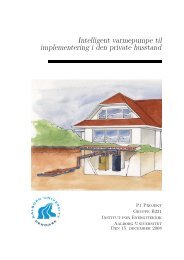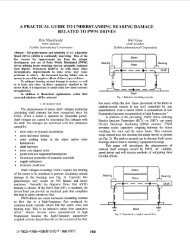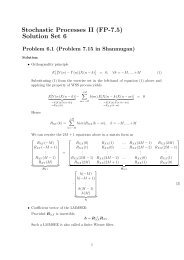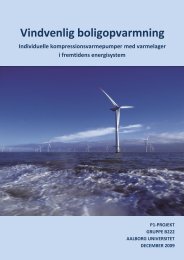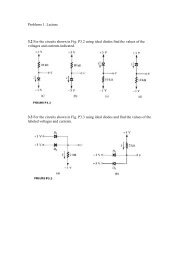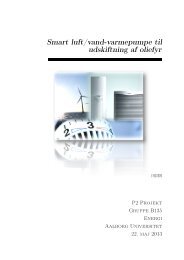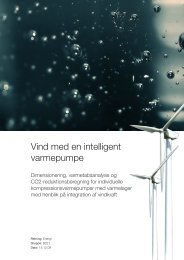Chapter 13 Gas Turbine Power Plants
Chapter 13 Gas Turbine Power Plants
Chapter 13 Gas Turbine Power Plants
You also want an ePaper? Increase the reach of your titles
YUMPU automatically turns print PDFs into web optimized ePapers that Google loves.
- r<br />
^02 ~ -'<br />
and<br />
(<strong>13</strong>.8)<br />
which are derived as indicated in Section 2.8 and in Problem<br />
2.12. Equation (<strong>13</strong>.7) is the p-T relationship for the isentropic<br />
compression process, and (<strong>13</strong>.8) is the p-T relation for the isentropic<br />
expansion process. When the pressure ratios in the two<br />
eqautions are replaced by the cycle pressure ratio r p and substituted<br />
into (<strong>13</strong>.6), the resulting ideal Brayton cycle thermal efficiency<br />
is<br />
(<strong>13</strong>.9)<br />
where the exponent a equals (y - l)/y. Although the ideal efficiency<br />
is seen to depend solely on the cycle pressure ratio, the<br />
Brayton cycle 01-02'-03-04'-01 in Figure <strong>13</strong>.2 depends as well<br />
on the turbine inlet temperature T 03 . This is shown in the next<br />
section.<br />
<strong>13</strong>.3 Air Standard Brayton Cycle<br />
To introduce greater realism into the Brayton cycle analysis<br />
we can use compressor and turbine efficiencies. For the compressor<br />
we will utilize the definition already given in (12.18). Referring<br />
to Figure <strong>13</strong>.2 for states, the compressor efficiency becomes



